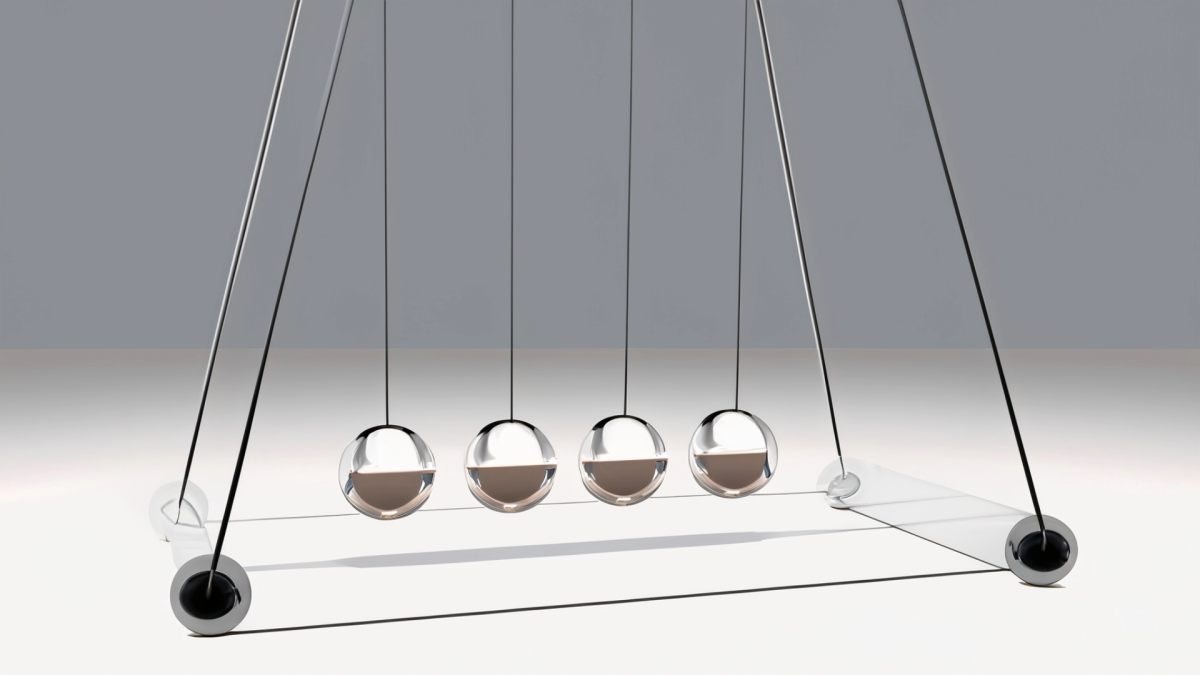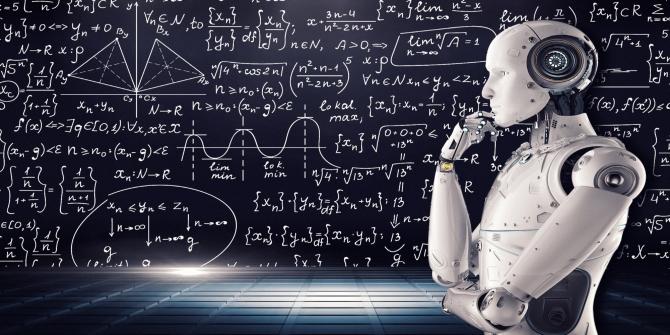Grades:
7th Grade, 8th Grade, 9th Grade, 10th Grade, 11th Grade, 12th Grade
In this lesson the students will develop the code they previously planned out and will deploy their code to the drone. They will continue the process of reflection and iterative improvement. This is
Grades:
7th Grade, 8th Grade, 9th Grade, 10th Grade, 11th Grade, 12th Grade
In this lesson students will collect data on the performance of their drone. Students will design a systematic process of data collection that will then lead to the development of a predictive model
Grades:
7th Grade, 8th Grade, 9th Grade, 10th Grade, 11th Grade, 12th Grade
This is a lesson where students will learn about the sensors that are integrated into their drones and how students can get a live feed of information from these sensors to aid in autonomous decision
Grades:
7th Grade, 8th Grade, 9th Grade, 10th Grade, 11th Grade, 12th Grade
In this lesson students will think back on all of the coding skills they have learned and will plan out their code to fly their drone through their maze based on sensor feedback. It is important that
Grades:
7th Grade, 8th Grade, 9th Grade, 10th Grade, 11th Grade, 12th Grade
This is an investment lesson where students will learn about how to code with loops and logical statements and they will test what they learn by developing code to fly their drones. This one lesson
Grades:
7th Grade, 8th Grade
In this lesson (the 6th in the lesson series) students will actually fly their drone and observe problems. These will come from variables like power level of a battery, drift of the drone, and just
Grades:
7th Grade
Part 4! Students take all that they have learned from all the parts along with observations of their rocket launch to create a detailed google slides presentation!
Grades:
7th Grade
Part 3 of the Unit. Students launch their rockets and record observations along with altitude data!
Grades:
4th Grade, 5th Grade, 6th Grade
This is the 4th lesson plan in a set of 4 lessons that correspond to the novel "Space Case" by Stuart Gibbs. In the last chapters of the book, we find that this main character encounters robotic arms
Grades:
3rd Grade, 4th Grade, 5th Grade
This is the third lesson in a series of 4 lessons that correlate to the novel "Space Case" by Stuart Gibbs. This set of lessons is based on chapters 8 - 14. The lessons include creating a timeline
Grades:
5th Grade
In this lesson, students will work individually to build a working periscope. They will make a simple one out of card stock and then being creative with whatever supplies their teacher gives them
Grades:
7th Grade, 8th Grade, 9th Grade, 10th Grade, 11th Grade, 12th Grade
Students will combine science and art by using an alternative photographic process called cyanotypes or sun prints. After a short introduction to the history of cyanotypes and the process of creating
Grades:
7th Grade, 8th Grade
In this engaging lesson, students will delve into the fascinating world of energy transfer and efficiency by designing and building their own solar-powered devices. Through hands-on activities
Grades:
6th Grade, 7th Grade, 8th Grade
This is a 5E lesson plan for teaching middle school students (grades 6-8) how to use sensors to control motors and interact with objects on a field using block code with a system like LEGO Mindstorms.
Grades:
7th Grade
This lesson is the 3rd lesson in a series of 4. It has the students learning about measuring angles and calculating missing angles to determine the angles on a practice Sphero Bot course. Once the
Grades:
7th Grade, 8th Grade, 9th Grade, 10th Grade, 11th Grade, 12th Grade
This is a lesson geared toward junior high and high school classes to introduce students to the idea of cryptography and encryption. This lesson could be simplified for younger students by removing
Grades:
4th Grade, 5th Grade
This lesson is about the Petrified Forest National Park here in Arizona. It teaches students about the National Park. It also has a lab showing students how things like wood become petrified!
Grades:
6th Grade, 7th Grade, 8th Grade
What would you do if you were dropped into the wilderness, with nothing but what you could fit into a backpack, and had to survive harsh weather, a hostile location, and possibly aggressive wildlife
Grades:
7th Grade
In this lesson, students will carry out an investigation to discover how increasing the mass of an object will affect its motion. Then, they will design their own investigation to discover how
Grades:
Kindergarten, 1st Grade, 2nd Grade, 3rd Grade, 4th Grade, 5th Grade
This hands-on lesson introduces students to gardening and the sustainability of food. Students will grow small gardens and manage them.
Grades:
6th Grade, 7th Grade, 8th Grade
Students will create an engineering notebook that documents their progress through the engineering design process as it applies to their choice of project, either creating a toy from “trash” or a
Grades:
7th Grade, 8th Grade, 9th Grade, 10th Grade, 11th Grade, 12th Grade
This is an introduction to exoplanets and their discovery. In the hands-on activity, students make a lightcurve for an exoplanet transit using data from the DIY MicroObservatory Telescope Network.
Grades:
1st Grade, 2nd Grade, 3rd Grade, 4th Grade, 5th Grade
In this hands-on lesson, students explore engineering and art as they use the same materials as the three little pigs to create a structure that would survive the blowing of a wolf (fan). Students
Grades:
3rd Grade, 4th Grade, 5th Grade
In this lesson, students will research Native American homes within different environments and create a model of a Native American home. They will then create and deliver an oral presentation to
Featured Lesson Plans
Check out these notable lesson plans.

Grades:
3rd Grade, 4th Grade, 5th Grade
Students will gain knowledge about Arizona's geography, culture, and history through the book "Santa is Coming to Arizona." They will develop basic programming and problem-solving skills by

Featured
Penny Pendulums
Grades:
5th Grade
This is a simple and effective lesson that explores the science behind pendulums. Students make a basic pendulum to explore the variables of mass and string length and compare results to their

Grades:
2nd Grade, 3rd Grade, 4th Grade, 5th Grade
This unit has lessons which will introduce students to phenomena we encounter in the real world. Students will learn about high interest phenomenon through hands-on investigations. Students will
